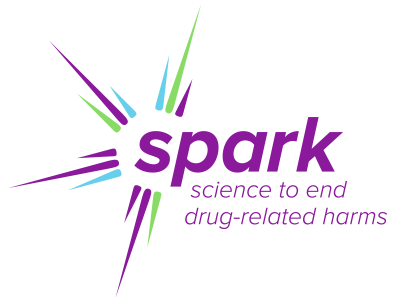Title: PLACE CHARACTERISTICS & DISPARITIES IN HIV IN IDUS: A MULTILEVEL ANALYSIS OF NHBS
Project Number: 5R01DA035101-05
Former Number: 5R01DA035101-04
Contact PI / Project Leader: COOPER, HANNAH L
Awardee Organization: EMORY UNIVERSITY
Abstract Text:
Racial/ethnic disparities in HIV prevalence among injectors in the US have been substantial and persistent; disparities also exist in the use of health services to prevent and treat HIV. New approaches are needed to explain and eliminate these disparities, and NIDA, the CDC, the National HIV/AIDS Strategy, and Healthy People 2020 have called for research and interventions into the ways in which characteristics of the places where people live create and perpetuate disparities in HIV and in HIV-related health service use. The proposed study will undertake the most comprehensive analysis ever conducted in the US of the relationships of place characteristics to racial/ethnic disparities in HIV-related health and health service use among injectors. Because the CDC has granted us access to its 2009 and 2012 National HIV Behavioral Surveillance (NHBS) databases on injectors, we will be able to describe geographic and temporal variations in racial/ethnic disparities among injectors in a range of HIV-related health and health service outcomes, some of which have never been studied before. By integrating 2009 and 2012 NHBS data with existing administrative databases, we will be able to pioneer analyses of how previously-unstudied but potentially powerful place characteristics relate to disparities. Many place characteristics can be modified, and we will focus on identifying modifiable characteristics that are associated with reducing disparities. We will achieve the following aims: Aim 1: Document geographic variations in racial/ethnic disparities in HIV-related health and health service outcomes among injectors in 2012, and describe changes in these disparities over time (2009-2012). Aim 2: Describe variations in exposure to features of the health service environment, drug-related criminal justice environment, and socioeconomic environment across racial/ethnic groups of injectors in 2012, and describe changes in these exposures between 2009-2012. Aim 3: Analyze 2012 data to describe relationships of the health service, drug-related criminal justice, and socioeconomic environments to disparities in HIV-related health and health service outcomes among injectors. Apply population attributable risk and Blinder-Oaxaca methods to examine the associations of specific environmental features to disparities in detail. Aim 4: Analyze how changes in injectors’ health service, drug-related criminal justice, and socioeconomic environments are related to changes in disparities over time (2009-2012). Aim 5: Draw on findings generated in Aims 1-4 to develop agent-based models (ABMs) of the possible effects of changing specific environmental features on disparities in HIV-related health and health service outcomes among injectors. Innovations are designed to enhance the study’s impact on policies and interventions and include applying Blinder-Oaxaca methods, population attributable risk analyses, and ABMs. A strong team will achieve this study’s aims, including Drs. Hannah Cooper, Don Des Jarlais, and Samuel Friedman. Our expertise spans key methods (e.g., geospatial and multilevel methods, ABMs), substance (e.g., social determinants of HIV), and dissemination strategies to promote impact.
